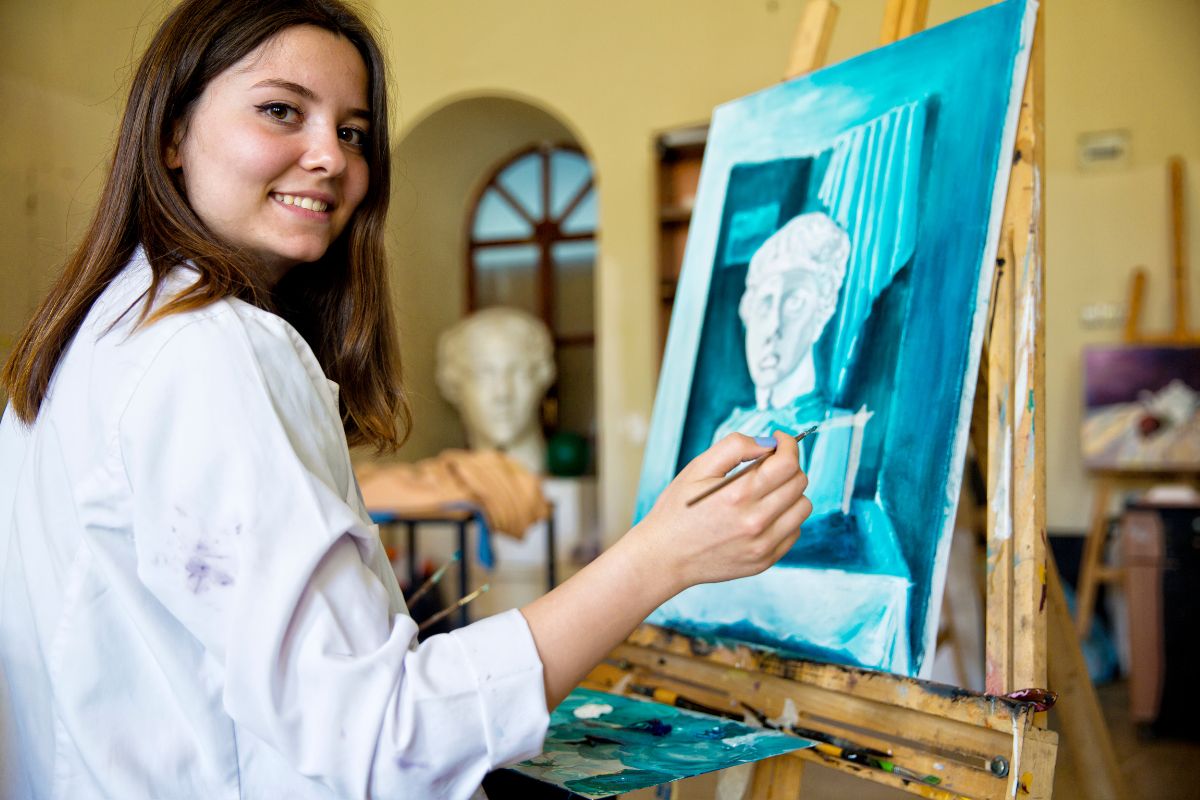Fine Art Photography in the Age of Social Media

In the digital age, fine art photography has undergone a profound transformation. Once confined to galleries, exhibitions, and high-end publications, it now thrives—or struggles—within the fast-paced, algorithm-driven world of social media. Platforms like Instagram, Pinterest, and TikTok have redefined how photographers share, promote, and even create their work. But has this democratization of exposure elevated the art form, or diluted its essence?
Let’s explore how fine art photography is evolving in the age of likes, shares, and hashtags.
Defining Fine Art Photography
Fine art photography is more than just capturing beautiful images—it’s about expressing a concept, emotion, or narrative through visual storytelling. Unlike commercial or documentary photography, fine art is deeply personal and often abstract. It’s meant to provoke thought, evoke emotion, and challenge perception.
Traditionally, fine art photographers relied on curated exhibitions, print sales, and critical reviews to gain recognition. Their work was slow to produce, deliberate in composition, and often inaccessible to the general public.
The Social Media Shift
Social media has radically changed the landscape. Platforms like Instagram have become virtual galleries, allowing photographers to showcase their work to global audiences instantly. This shift has democratized access to fine art photography, enabling emerging artists to build followings without institutional backing.
Key Impacts:
- Visibility: Artists can now reach thousands—or millions—without needing gallery representation.
- Engagement: Direct interaction with audiences fosters community and feedback.
- Speed: The pace of content creation and consumption has accelerated, sometimes at the expense of depth.
However, this visibility comes with trade-offs. The pressure to post frequently and gain engagement can lead artists to prioritize aesthetics over authenticity. The algorithm rewards what’s popular, not necessarily what’s profound.
Instagram: Gallery or Marketplace?
Instagram is arguably the most influential platform for visual artists. Its grid format mimics a gallery wall, and its emphasis on visual storytelling aligns well with photography. But it also encourages trends—minimalism, pastel tones, symmetry—that may not reflect the artist’s true vision.
Many fine art photographers feel torn between creating meaningful work and producing content that performs well online. The line between art and marketing blurs, and the pursuit of likes can overshadow the pursuit of truth.
Still, some artists have mastered the balance. They use Instagram not just to showcase finished pieces, but to share behind-the-scenes processes, inspirations, and personal reflections. This transparency builds deeper connections with followers and reinforces the integrity of their work.
Community & Collaboration
Social media has fostered a vibrant global community of photographers. Hashtags like #FineArtPhotography, #VisualPoetry, and #ConceptualPhotography help artists discover each other’s work and collaborate across borders.
Online challenges, virtual exhibitions, and digital collectives have emerged, offering new ways to engage with the medium. Photographers now co-create projects, share editing techniques, and even sell prints directly through platforms like Etsy or Instagram Shops.
This collaborative spirit is one of the most positive outcomes of the social media era. It breaks down elitist barriers and encourages experimentation.
Authenticity vs. Validation
One of the biggest tensions in the age of social media is the conflict between authenticity and validation. Fine art photography is inherently introspective, often exploring themes like identity, memory, and existentialism. But social media thrives on instant gratification and visual appeal.
Photographers may feel compelled to alter their style to fit the platform’s aesthetic norms. This can dilute the emotional depth and conceptual rigor of their work.
To combat this, many artists are reclaiming their creative autonomy. They use social media as a tool—not a master—by curating their feeds intentionally, limiting their posting frequency, and focusing on meaningful engagement over metrics.
The Rise of Hybrid Art Forms
Technology has also enabled new forms of fine art photography. Digital manipulation, AI-assisted editing, and mixed media integration are pushing the boundaries of what photography can be. Artists now blend photography with video, sound, and installation to create immersive experiences.
Social media platforms support these hybrid forms. TikTok, for example, allows photographers to animate their work, share time-lapse edits, or narrate the story behind an image. This opens up new dimensions of storytelling and audience interaction.
The Future of Fine Art Photography
As social media continues to evolve, so too will fine art photography. The key lies in balance—leveraging the reach and tools of digital platforms without compromising artistic integrity.
Emerging trends include:
- Slow content: A movement toward intentional, less frequent posting.
- Niche platforms: Photographers are exploring alternatives like Behance, VSCO, and Glass for more curated experiences.
- Digital exhibitions: Virtual galleries and NFTs offer new ways to monetize and share work.
- Environmental and social themes: Artists are using their platforms to raise awareness and inspire change.
Ultimately, the age of social media is not the death of fine art photography—it’s a metamorphosis. It challenges artists to adapt, innovate, and stay true to their vision in a world that’s constantly scrolling.
Conclusion
Fine art photography in the age of social media is a paradox: more accessible yet more competitive, more connected yet more fragmented. For artists, the challenge is to navigate this landscape with intention, using digital tools to amplify—not dilute—their creative voice.
As audiences, we too have a role to play. By engaging thoughtfully, supporting authentic creators, and valuing depth over virality, we help preserve the soul of fine art photography in a digital world.

